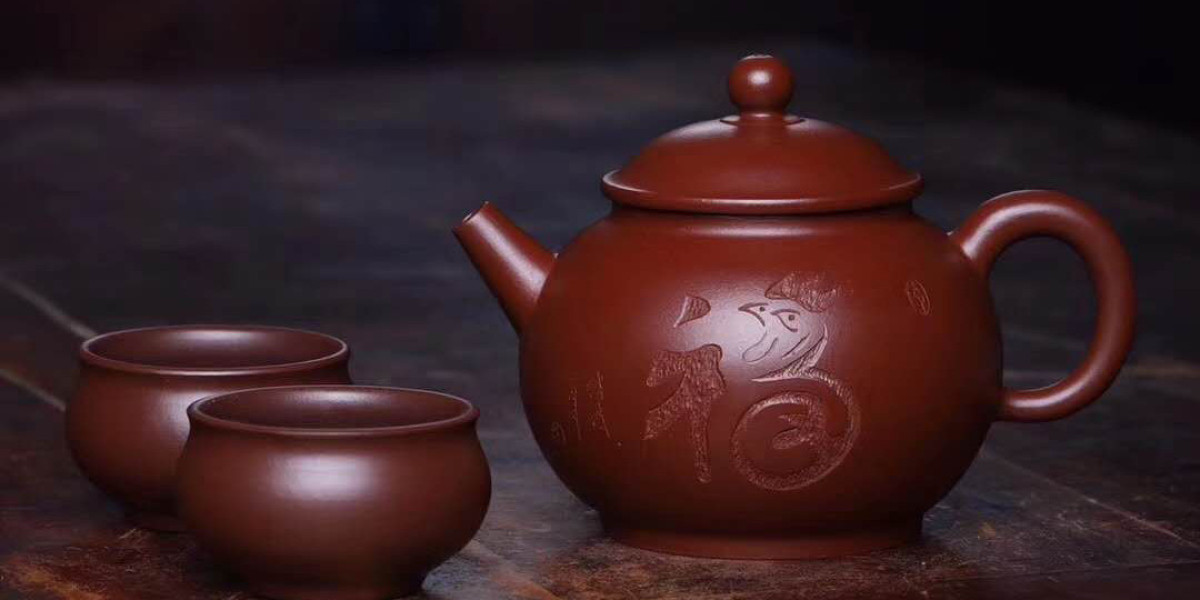For tea lovers, choosing a teapot isn't just about shape and color—it’s about soul and function. In the world of Chinese teapots, especially Zisha (purple clay) ware, there are two main types: fully handmade and molded (semi-handmade or machine-made).
Understanding their differences can help you avoid costly mistakes.
? What is a Handmade Teapot?
A handmade teapot is shaped from raw clay using wooden and metal tools, a flat turntable, and the artisan’s practiced hands. The lid, body, spout, and handle are formed and joined with precision. Many high-end handmade teapots are even signed by the artist.
? Each piece is unique. No two are ever truly the same.
? What is a Molded Teapot?
Molded teapots are produced by pressing clay into pre-designed molds. They are faster and cheaper to make and may look flawless on the surface—but lack the personal touch and nuance of artisan craftsmanship.
They’re often found in tourist shops or mass-market tea kits.
⚖️ Comparison Table
| Feature | Handmade Teapot | Molded Teapot |
|---|---|---|
| Crafting Method | Manual shaping | Mold pressing |
| Uniqueness | One-of-a-kind | Mass identical |
| Tea Flavor Memory | Excellent | Moderate |
| Long-term Value | High (collectible) | Low |
| Price Range | $$$ | $ |
? So Which Should You Choose?
For beginners: A molded pot can be an affordable entry point.
For serious brewers and collectors: A handmade teapot is worth every cent.
After all, tea is more than a drink—it’s a ritual. And every ritual deserves tools made with intention.






